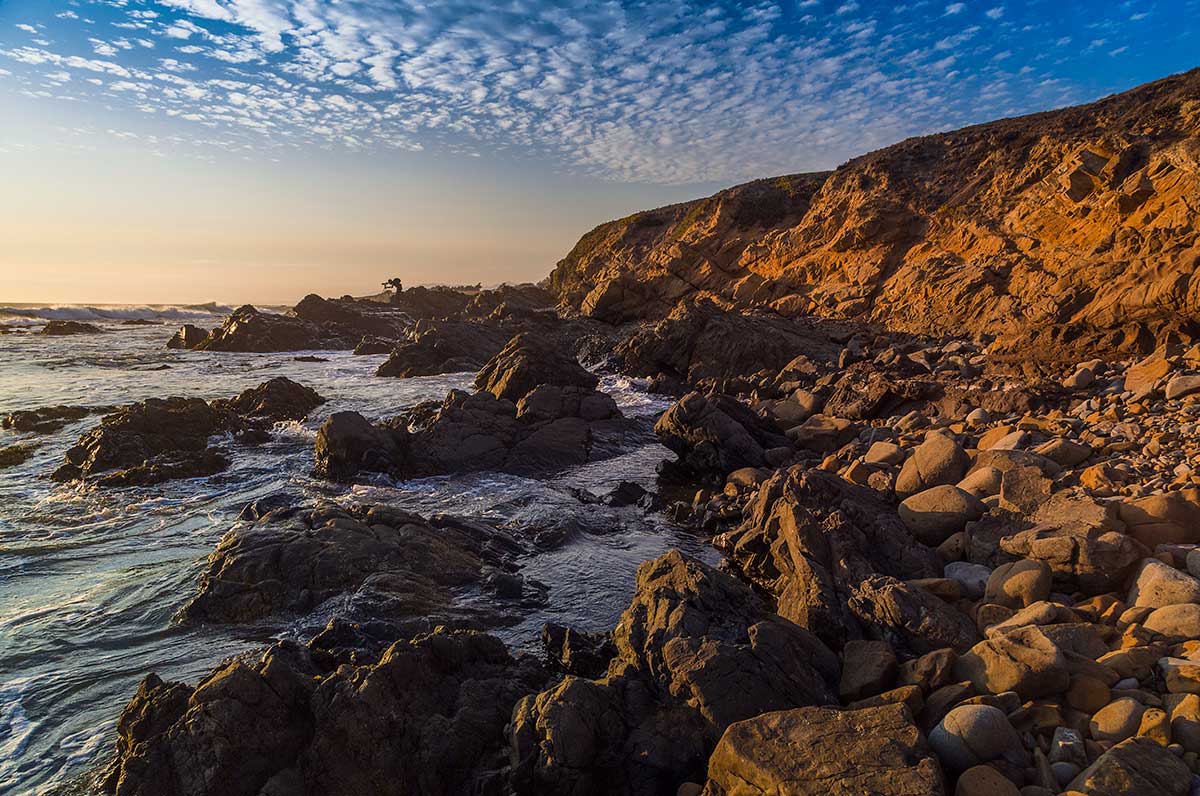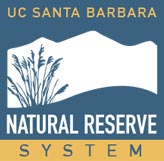
The Kenneth S. Norris Rancho Marino Reserve, named for one of the founders of the NRS, includes some of the most spectacular stretches of coast in central California. Its area extends from the sea up to a 700 foot elevation ridge.
Origins
Established in 2001 and the newest of UCSB’s Natural Reserves, the Reserve is named for Kenneth S. Norris, the UC Santa Cruz biologist and professor who was one of the UC Natural Reserve System’s three founding faculty members. Rancho Marino is just south of Cambria on the central coast. The Reserve is privately funded and operated, under a use agreement between UC Santa Barbara Natural Reserve System and the owner of the property.
Location
The Reserve encompasses two miles of coastline and 600 acres, including 225 acres of native Monterey Pines, coastal prairie, and coastal scrub. The White Rock Marine Protected Area, off of the Reserve’s coast, is part of California’s network of Marine Protected Areas. The property was historically a dairy ranch and later a cattle ranch; grazing is still used as a tool to reduce weedy species and increase native plants.
Fast Facts
Administering Campus: UC Santa Barbara
Established: 2001
Location: San Luis Obispo County, bordering the south end of the town of Cambria
Size: 202 hectares (500 acres), including 1.5 km (2 mi.) of coastline, Monterey pine forest and coastal terrace prairie.
Elevation: 0 to 216 m (0 to 702 ft.)
Average Precipitation: 46 cm (18 in.) per year; in flood years, 89 cm (35 in.)
Temperatures Range:
July max: 37ºC (98ºF)
January min: 2ºC (36ºF)
Research Areas
Ecology and monitoring of sea otter populations; marine intertidal and offshore kelp beds; the effects of global warming and grazing on coastal grasslands and scrub; changes over time in the demography of Monterey Pines; the anthropology of indigenous peoples.
Facilities and Uses
Camping facilities, trailers and cooking facilities can accommodate researchers and student groups of up to 40 people. Based on agreements with the landowner, activities are limited to research and university education.
